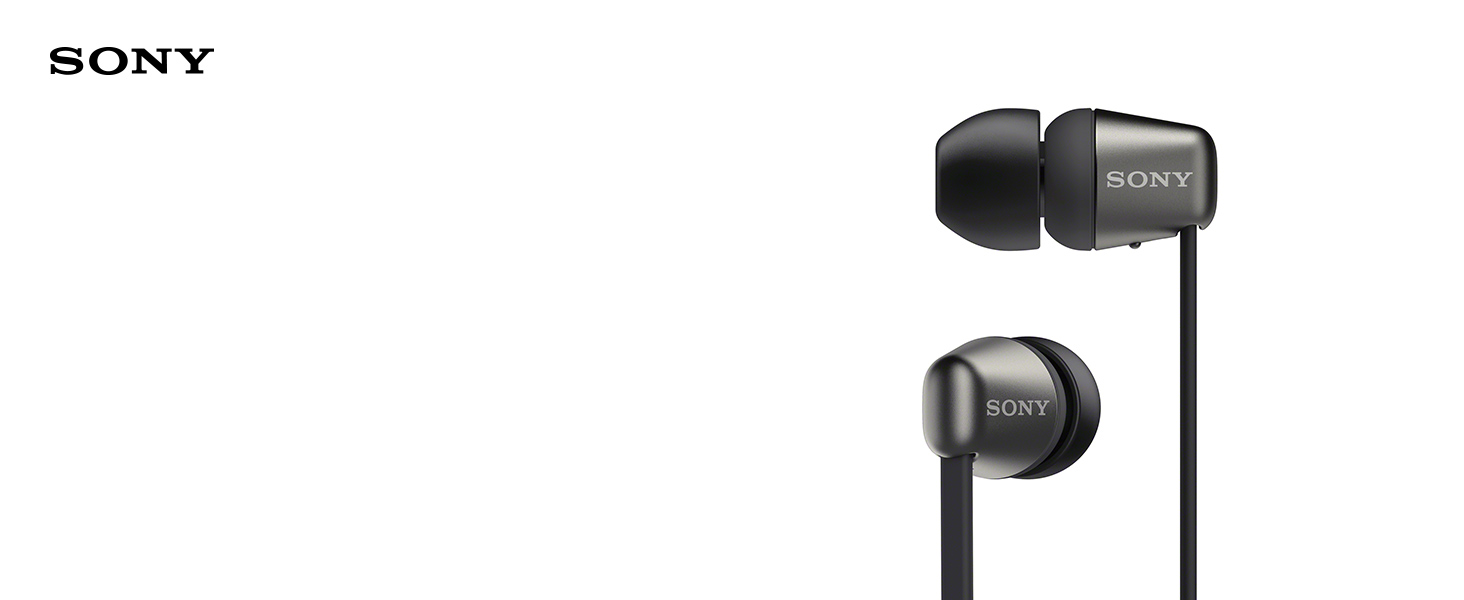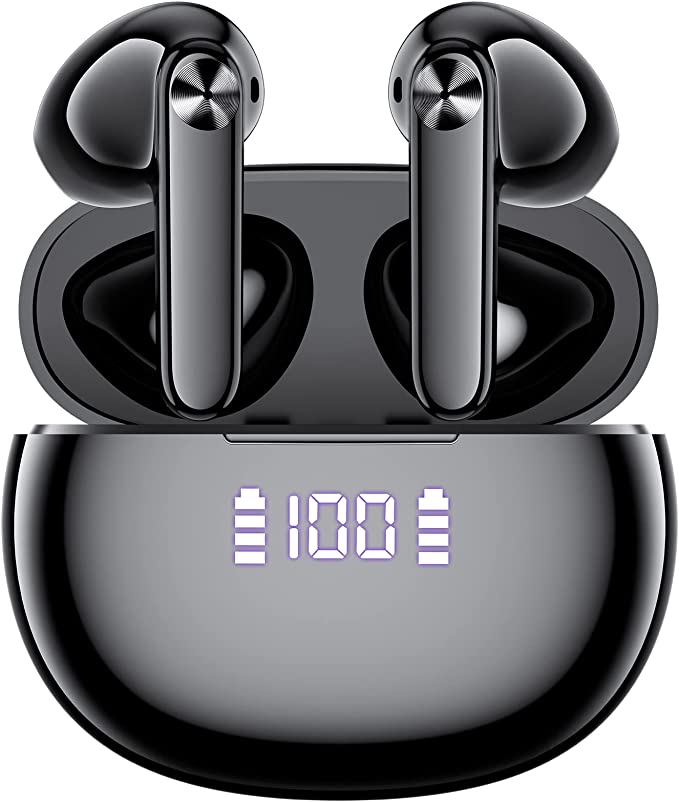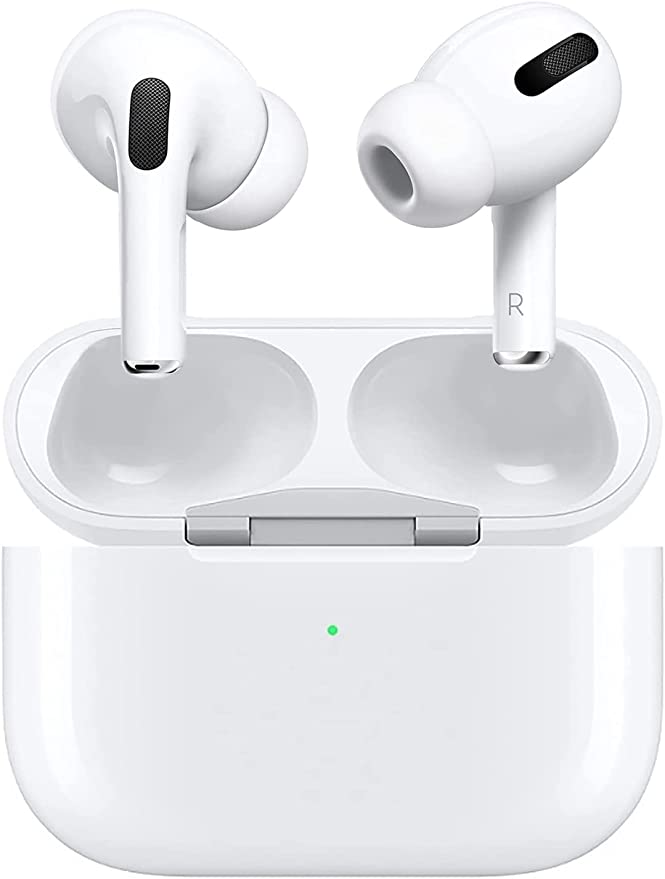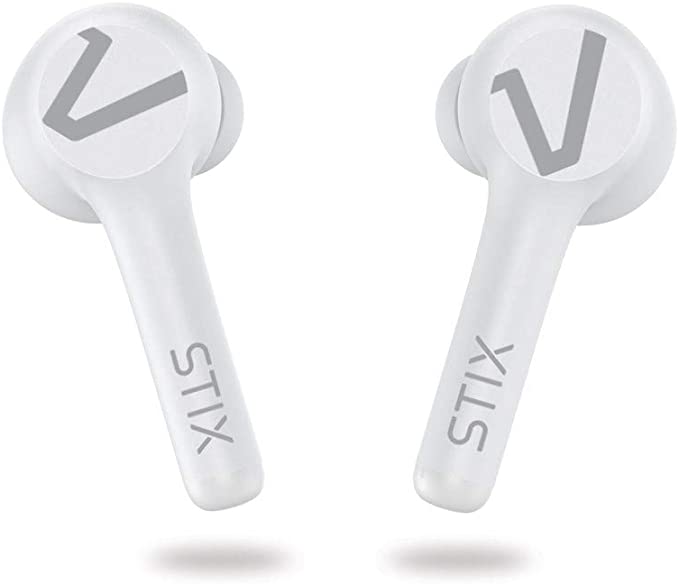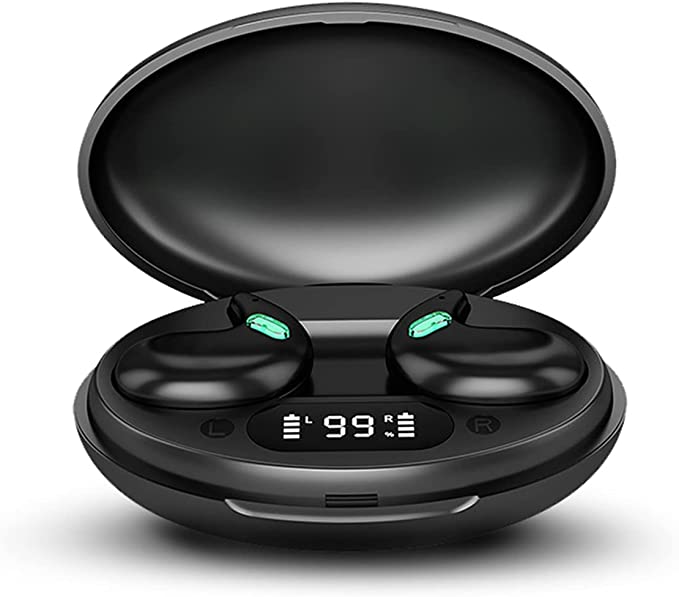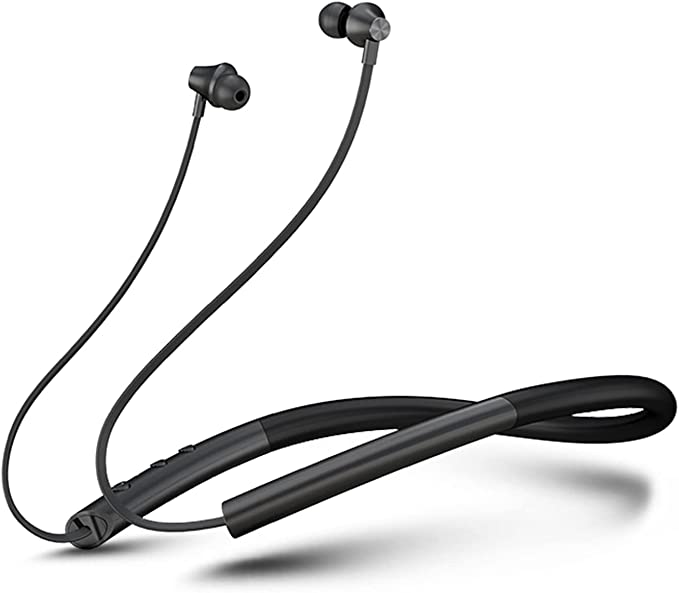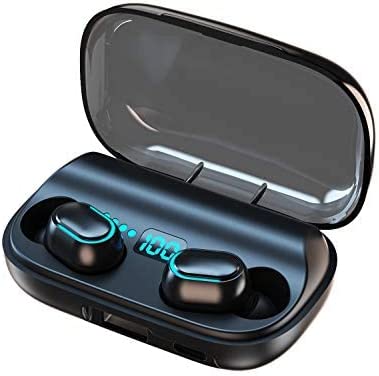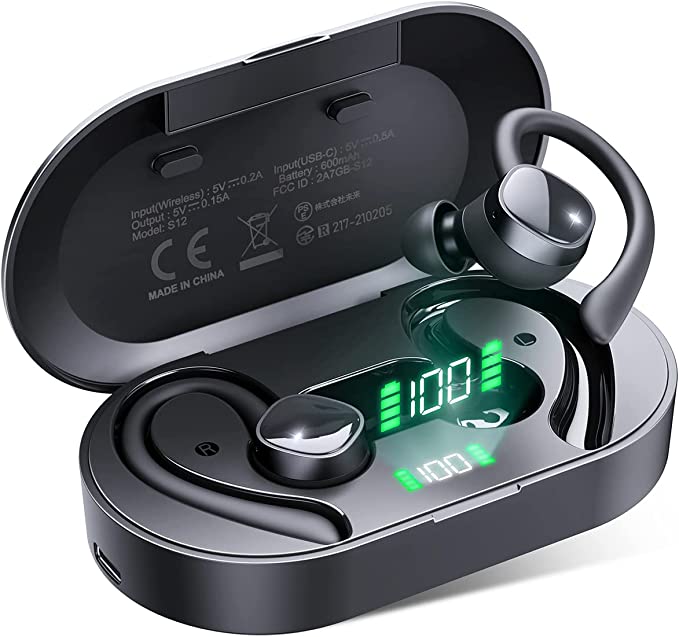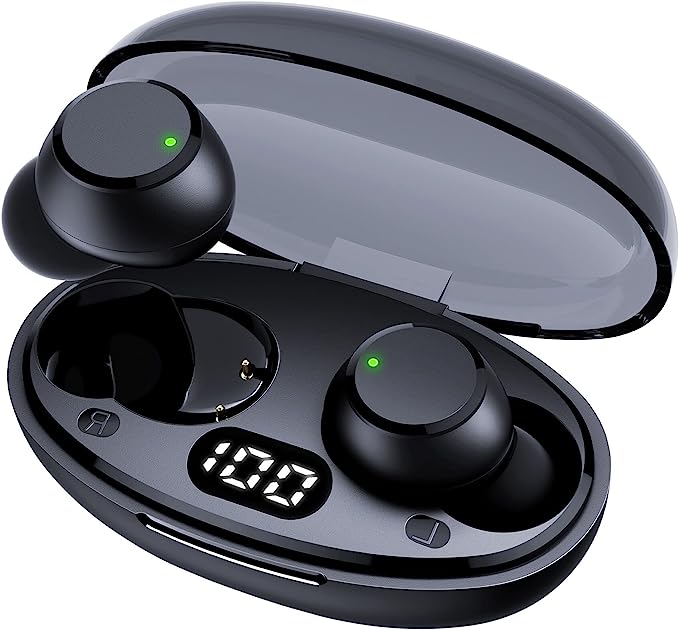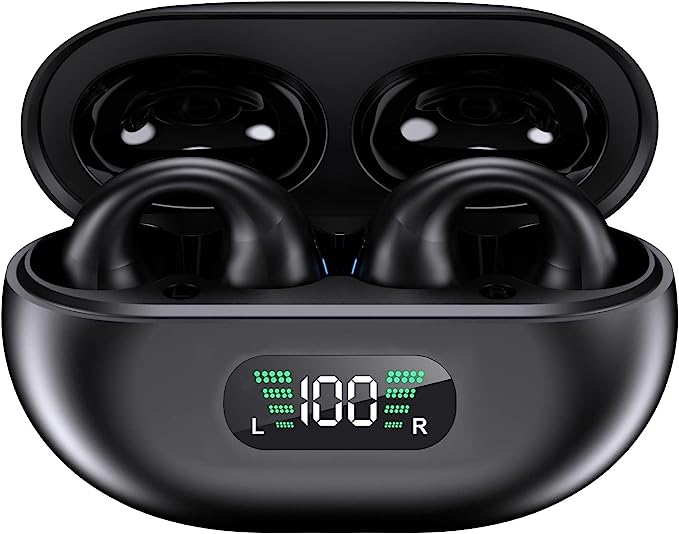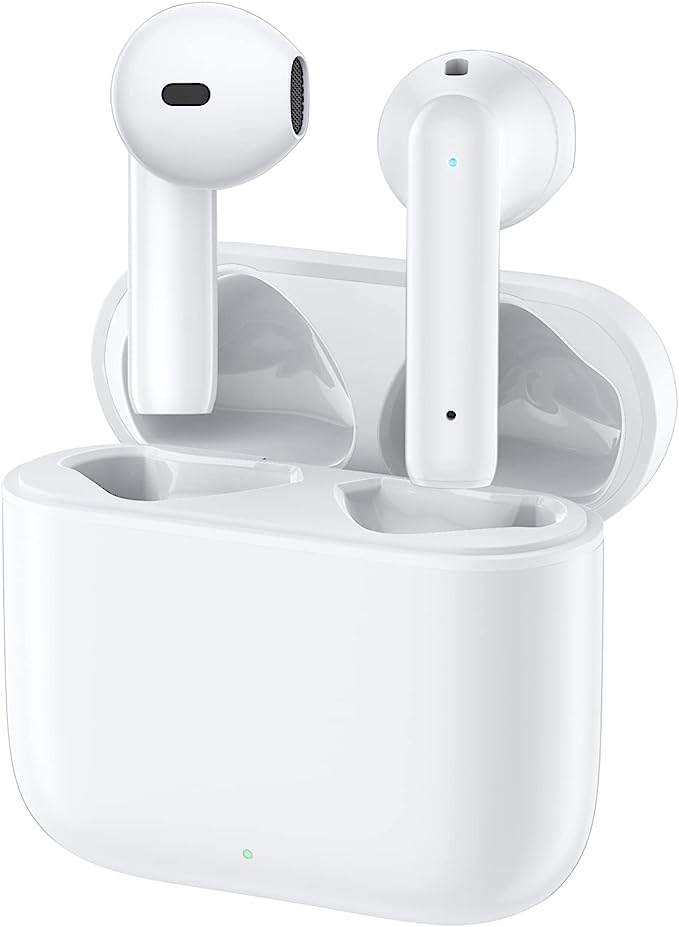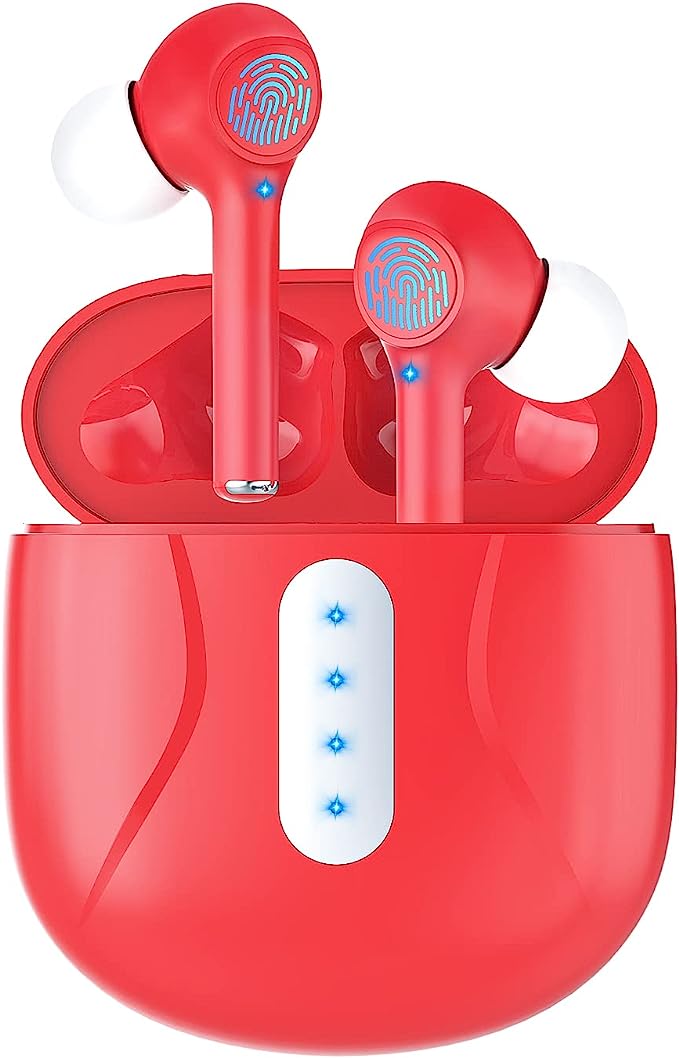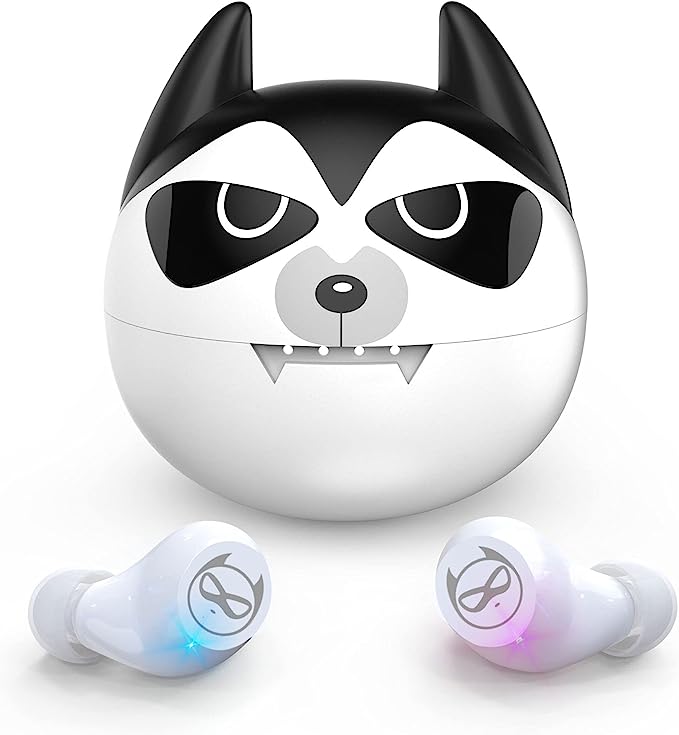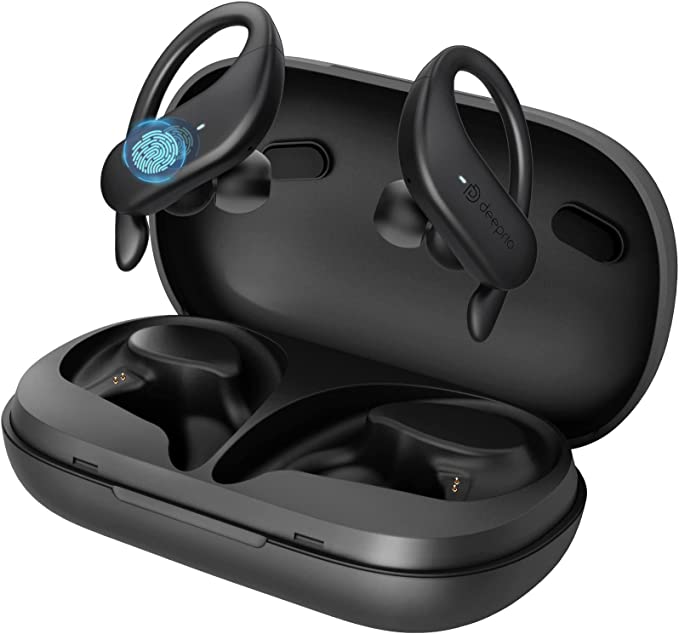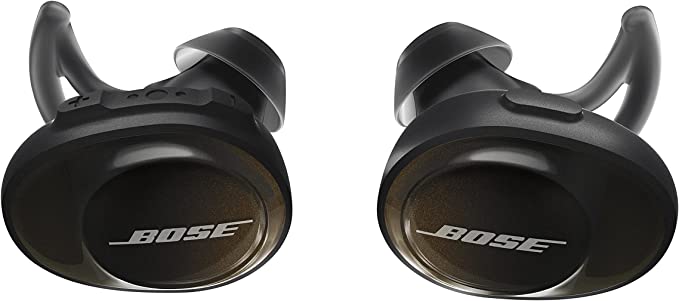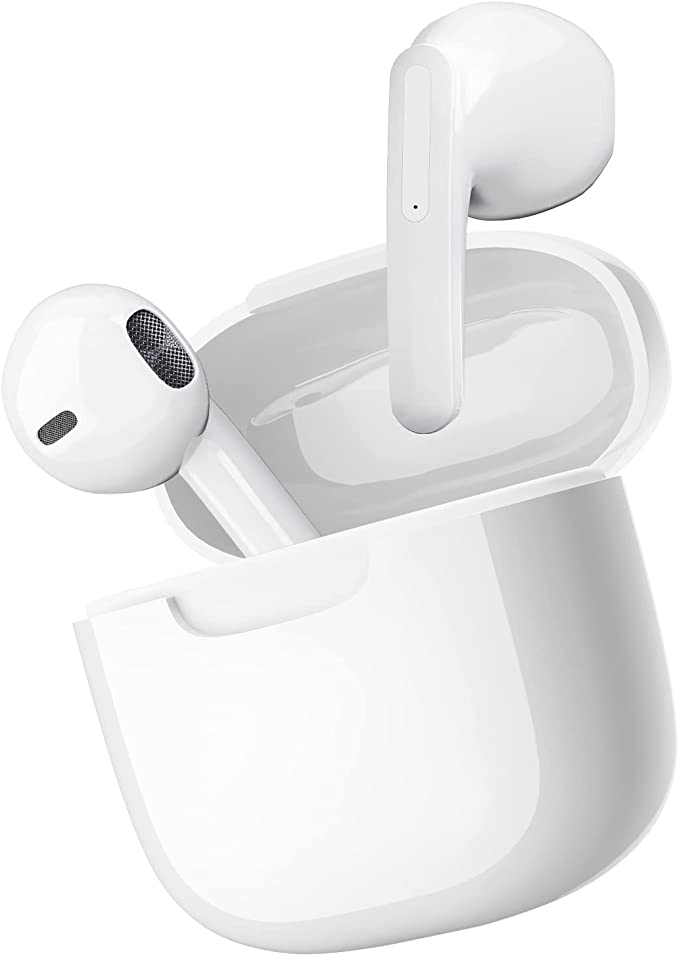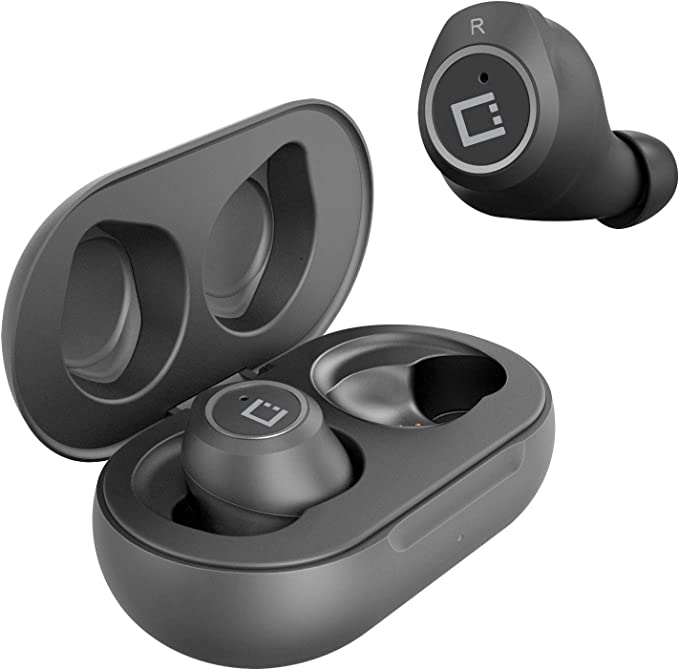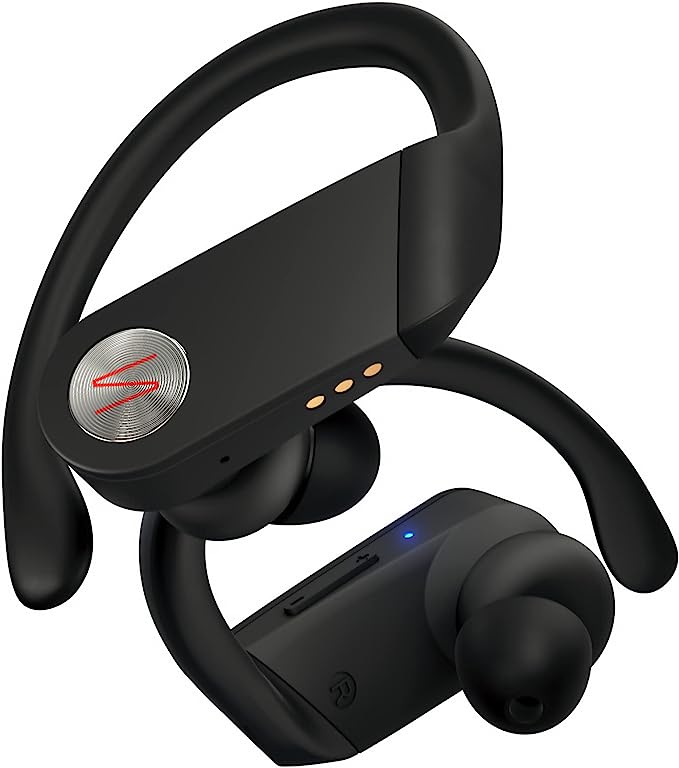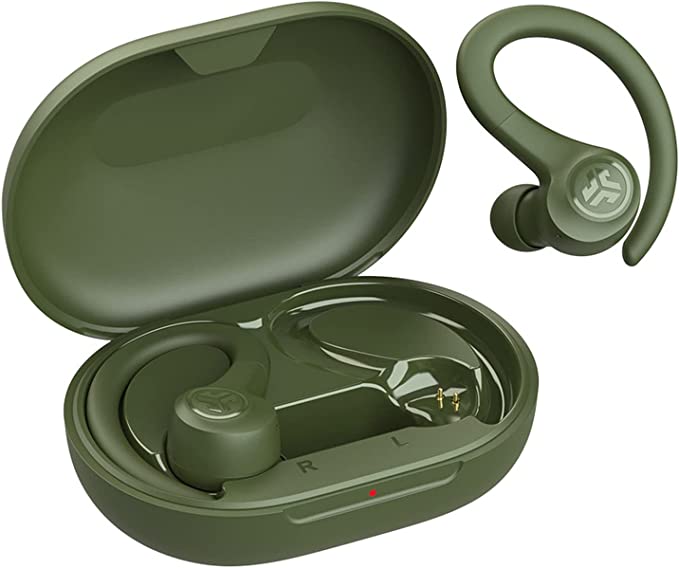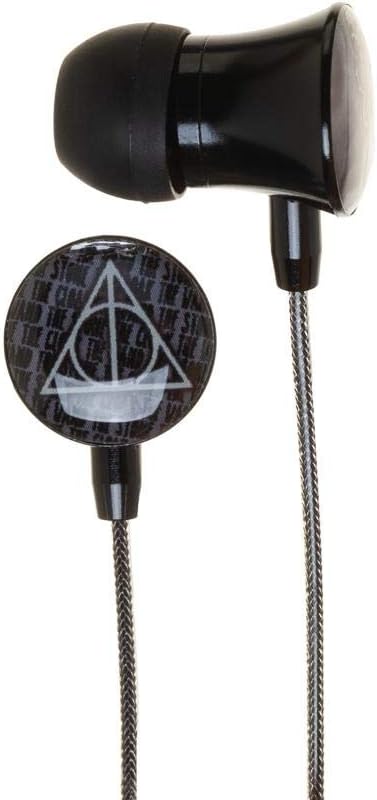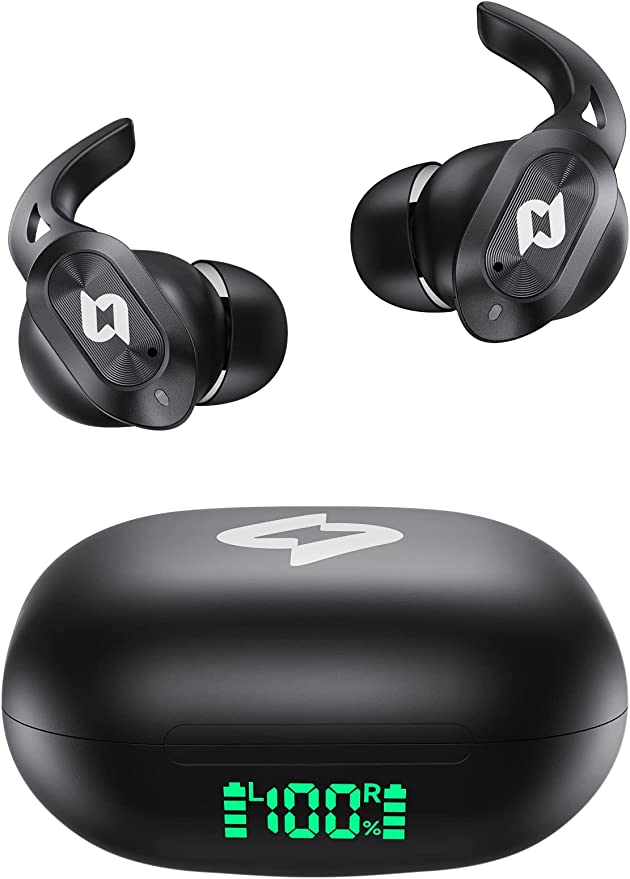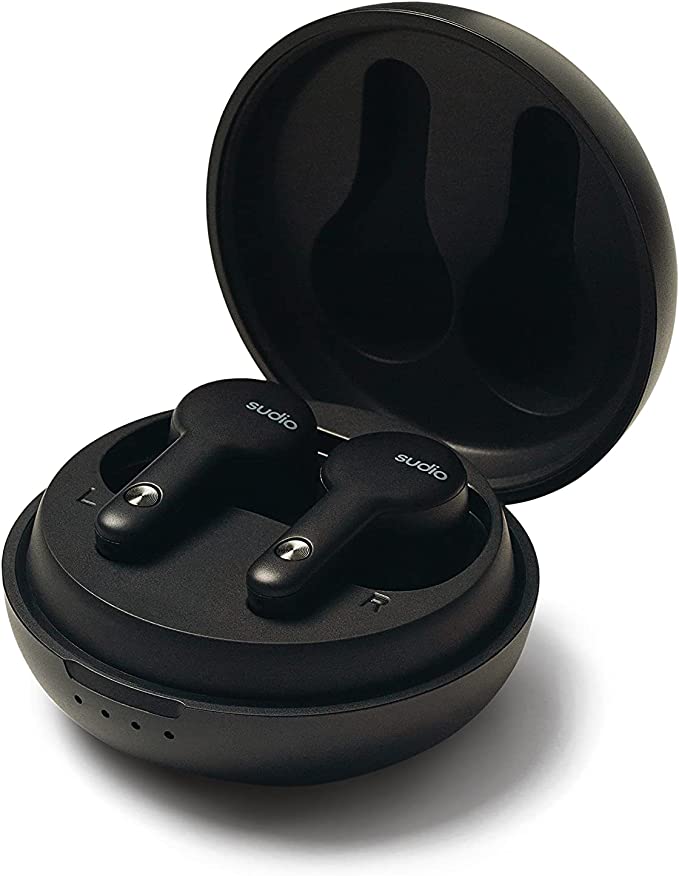Sudio N2 True Wireless Earbuds: Master Multitasking with Multipoint Connection
Update on March 20, 2025, 2:40 p.m.
We’ve all been there. You’re on your laptop, deeply engrossed in a work project, listening to your focus playlist. Suddenly, your phone rings. You frantically fumble to disconnect your earbuds from your laptop and connect them to your phone, hoping you won’t miss the call. Or maybe you’re enjoying a podcast on your tablet while cooking, and you need to quickly switch to your phone to answer a text. The constant connecting and disconnecting of Bluetooth devices is a modern-day annoyance, a tiny friction point in our increasingly digital lives. It doesn’t seem like it should be this hard, does it?
Thankfully, it doesn’t have to be.

A King’s Legacy
The solution, and the technology that underpins it, has a surprisingly regal origin. The name “Bluetooth” actually comes from Harald “Bluetooth” Gormsson, a 10th-century Danish king famed for uniting the often-warring tribes of Denmark and Norway. Just as King Harald brought together disparate groups, Bluetooth technology was designed to unite different communication protocols, allowing various devices to “talk” to each other seamlessly. It’s a fitting name, isn’t it?
From Sparks to Signals: A Wireless Journey
Before we delve into the magic of multipoint, let’s take a whirlwind tour of wireless communication history. It all started with the discovery of radio waves in the late 19th century. Think of early experiments with spark-gap transmitters – crude but groundbreaking. These pioneers, like Marconi and Tesla, laid the foundation for everything that followed. From those initial sparks, we moved to AM and FM radio, television broadcasting, and eventually, the digital wireless revolution that brought us Wi-Fi and, of course, Bluetooth. Each step built upon the previous, increasing speed, range, and reliability.
Bluetooth Basics: Whispering with Radio Waves
So, what exactly is Bluetooth? In simple terms, it’s a way for devices to communicate wirelessly over short distances using radio waves. Specifically, Bluetooth operates in the 2.4 GHz ISM (Industrial, Scientific, and Medical) band. This band is a globally unlicensed portion of the radio spectrum, meaning it’s free for anyone to use (within certain power limits, of course). Think of it like a public park where different conversations can happen simultaneously, but if everyone shouts at once, it becomes difficult to hear anything clearly. This is where clever engineering comes in to minimize interference, which we’ll touch on later.
When you “pair” two Bluetooth devices, you’re essentially introducing them to each other and establishing a secure connection. They exchange information about their capabilities and agree on a common language (protocol) to use. This creates a small, personal area network (PAN), typically with a range of about 10 meters (33 feet), although this can vary depending on the devices and environmental factors.

Profiles: Giving Bluetooth its Skills
Bluetooth isn’t a monolithic entity; it’s more like a toolbox filled with different tools, called “profiles,” for specific tasks. Each profile defines a set of rules and functionalities for a particular use case. Two of the most important profiles for our discussion are:
- A2DP (Advanced Audio Distribution Profile): This is the profile responsible for streaming high-quality stereo audio. When you listen to music on your Bluetooth headphones, A2DP is doing the heavy lifting.
- HFP (Hands-Free Profile): This profile handles phone calls, allowing you to answer, reject, and end calls, as well as control volume and other call-related functions.
Think of these profiles as specialized apps within the Bluetooth ecosystem. Each app has a specific job, and the device chooses the right app depending on what you’re doing.
Multipoint: The Conductor of Connectivity
Now, let’s get to the heart of the matter: multipoint connection. Traditionally, Bluetooth was a one-to-one affair. Your earbuds could only be connected to one device at a time. Multipoint changes that, allowing a single Bluetooth device, like the Sudio N2 earbuds, to maintain simultaneous connections with two devices.
Remember our switchboard operator analogy? Let’s expand on that. Imagine a highly skilled operator who can not only connect two calls but also seamlessly switch between them, putting one on hold while you talk on the other. That’s essentially what multipoint does. The earbuds, acting as the switchboard, maintain active connections with both your laptop (perhaps streaming music via A2DP) and your phone (ready to handle calls via HFP). When a call comes in, the earbuds intelligently switch from the A2DP profile (music) to the HFP profile (call), pausing the music and routing the call audio. Once the call ends, they switch back to A2DP, and your music resumes.
This switching isn’t instantaneous; there might be a very slight delay (often fractions of a second), but it’s generally seamless enough to be unnoticeable in most situations. It’s also important to note that both connected devices need to support the relevant Bluetooth profiles for multipoint to work correctly.
SBC: The Common Tongue of Bluetooth Audio
To understand how audio is transmitted over Bluetooth, we need to talk about codecs. A codec is essentially a piece of software that encodes and decodes digital audio data. It’s like a translator, converting the digital music files on your device into a format that can be transmitted wirelessly and then converting it back into sound waves on the receiving end.
The Sudio N2 uses the SBC (Subband Coding) codec. SBC is the mandatory codec for all Bluetooth A2DP devices, meaning it’s universally supported. This is its biggest advantage: guaranteed compatibility. However, SBC is not always the best codec in terms of audio fidelity. Other codecs, like aptX (developed by Qualcomm) and AAC (Advanced Audio Coding, favored by Apple), can often deliver higher quality audio with lower latency.
Here’s a simplified comparison:
| Codec | Quality | Latency | Compatibility | Notes |
|---|---|---|---|---|
| SBC | Good | Moderate | Universal | Mandatory for A2DP; reliable but not the highest fidelity. |
| AAC | Very Good | Low | Wide | Preferred by Apple devices; better quality and lower latency than SBC. |
| aptX | Excellent | Very Low | Good | Developed by Qualcomm; offers near-CD quality audio with low latency. |
| aptX Adaptive | Excellent | Variable | Good | Dynamic adjusts bitrate |
| LDAC | Hi-Res | Variable | Limited | Sony’s codec, Highest quality |
So, why does the Sudio N2 use SBC? The answer likely comes down to a balance between compatibility, cost, and battery life. SBC is less computationally demanding than some other codecs, which can contribute to longer battery life. And its universal support ensures that the N2 will work with virtually any Bluetooth device. The choice represent a trade-off, delivering consistency. Within SBC, the “bitpool” value influences the bitrate and, consequently, the audio quality. A higher bitpool generally means better sound, but it also requires more processing power.

The Sudio N2: Your Multipoint Companion
The Sudio N2 earbuds are designed to be your everyday audio companion, and multipoint connection is a key part of that. But beyond the seamless switching, the N2 offers several other noteworthy features:
- Open-Ear Design: Unlike in-ear earbuds that seal off your ear canal, the N2 has an open-ear design. This means you can hear ambient sounds around you, which is crucial for safety when you’re walking, running, or cycling outdoors. It also provides a more comfortable fit for some users, especially those who find in-ear earbuds uncomfortable for extended periods. However, this design can lead to some sound leakage, meaning people nearby might be able to hear your audio at higher volumes.
- 30-Hour Battery Life: With the included charging case, the Sudio N2 offers up to 30 hours of total playtime. This is more than enough for a full day of use, even with frequent switching between devices.
- IPX4 Water Resistance: The IPX4 rating means the Sudio N2 is splashproof. You don’t have to worry about sweat during workouts or getting caught in a light rain shower.
- USB-C and Wireless Charging: Providing flexibility on how to charge them.
- Built-in Microphone. Ensuring quality on phone calls.

The Future is Seamless
The Sudio N2 and its multipoint capability represent a step towards a future where our devices work together seamlessly and intuitively. Bluetooth technology continues to evolve. Bluetooth LE Audio, a newer standard, promises improved audio quality, lower power consumption, and even more advanced features like Auracast broadcast audio, which would allow multiple users to connect to a single audio source.
The trend is clear: our digital lives are becoming increasingly interconnected. We expect our devices to anticipate our needs and work together effortlessly. Multipoint connection is just one piece of this puzzle, a small but significant step towards a truly seamless and integrated technological experience. It frees us from the constant juggling act, allowing us to focus on what matters most, whether it’s work, entertainment, or simply staying connected.
